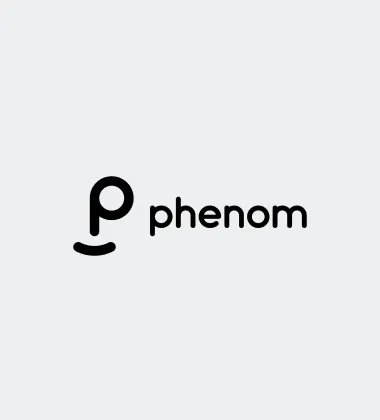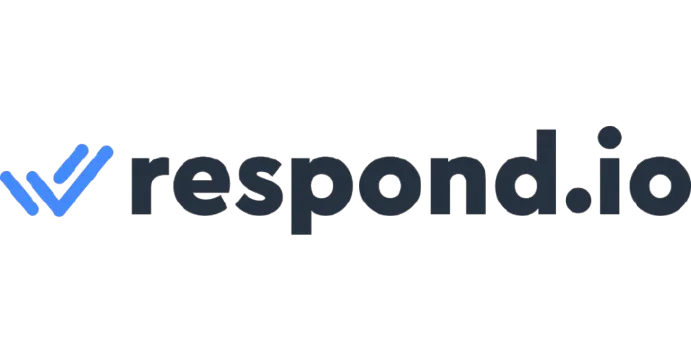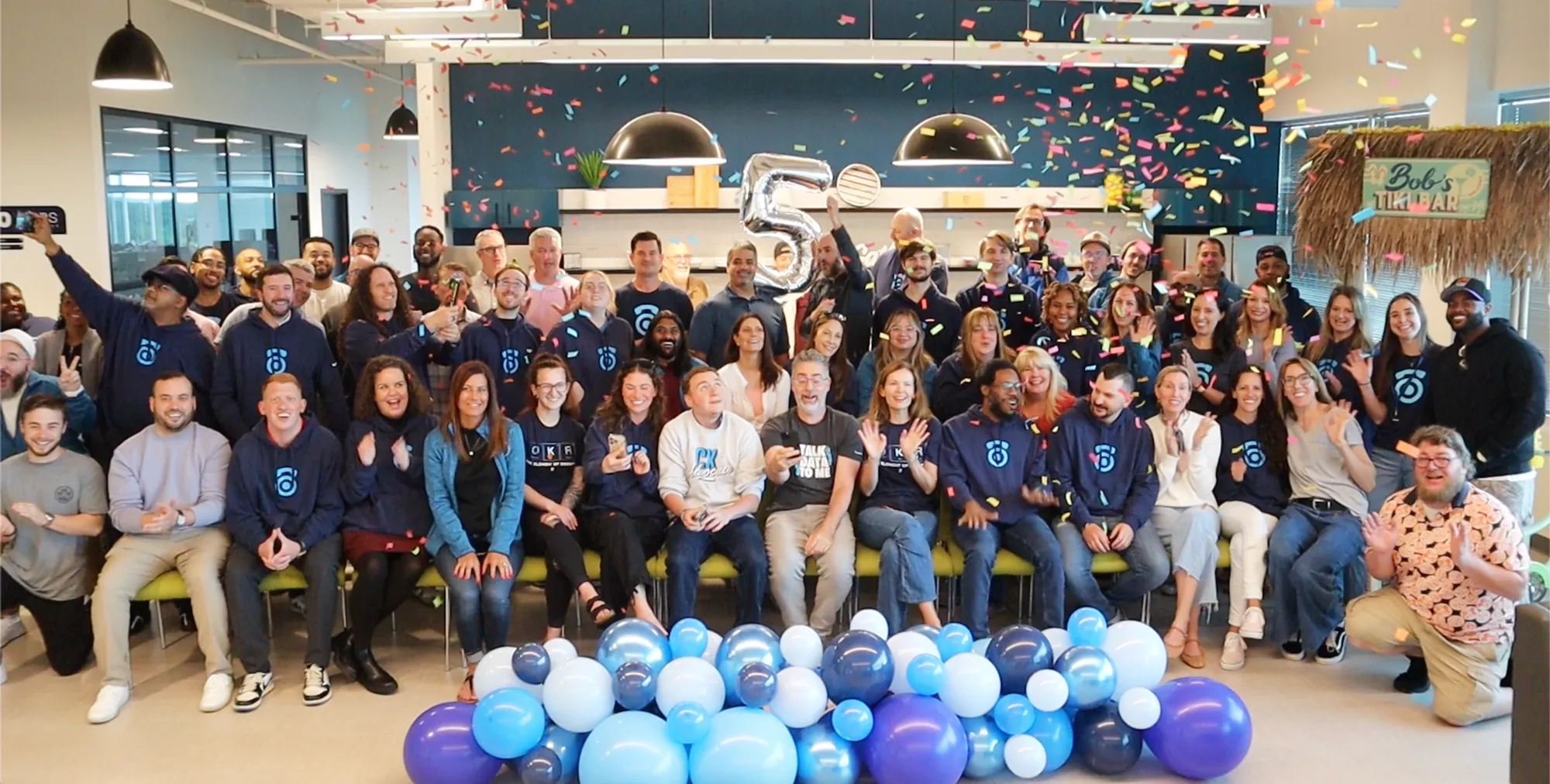How Phenom built 35 demos in 3 weeks for its flagship tradeshow


Phenom is an applied AI company that helps organizations hire faster, develop better, and retain longer. Over 750 enterprises rely on Phenom's Intelligent Talent Experience platform to fundamentally improve the experience and efficiency of the end-to-end talent journey. Product Marketing Manager, Michael DeMarco, shares the inside story of rapidly scaling interactive demos across Phenom’s enterprise teams.
The Missing Piece in Phenom's Content Strategy
Phenom had invested heavily in great design and video storytelling — and it was working. Their creative team excelled at connecting pain points to solutions through compelling video narratives. But the product marketing team recognized something was still missing.
"We were still missing something. It was that interactive hands-on element to help people through their education process, to move them further along down the conversion funnel,"
The stakes were high. Their annual IAMPHENOM event—HR's only conference dedicated to intelligence, automation, and experience—was approaching in weeks in Philadelphia, and they wanted to deliver something unprecedented: a fully immersive AI and automation lab experience.
The vision was ambitious—create an interactive environment where HR leaders could choose their own adventure through Phenom's platform, experiencing firsthand how AI and automation seamlessly integrated across every stage of the talent lifecycle. Attendees would step into scenarios as if they were their own data, witnessing how Phenom's applied AI connected hiring, development, and retention processes in real-time. It was about transforming abstract automation concepts into tangible, personalized experiences that would help HR leaders envision the future of their own talent strategies.
Video + Interactive: Better Together
Mike saw interactive demos as the perfect complement to their existing strategy: "I don't see a world where you would have one [video] without the other [interactive demos]. As a product marketer, I see them as two different tools within my toolkit.
"Video is really strong at capturing people's attention and drawing out imagery, connecting them, welcoming them into your story. But the thing that video can't do is provide a “click-through experience” allowing users to actually get their hands onto the product — to feel it, to see it, to understand what the actual day in and day out of working with your tool is going to be like."
The Sprint: 35 Demos in 3 Weeks
With just three weeks until the event, Mike's team embarked on an ambitious build. Working cross-functionally with product leaders, solutions consultants, and knowledge management teams, they created 35 interactive demos showcasing their complete AI and automation platform.
The result was their "AI and Automation Learning Lab" - 12 specialized booths arranged as a "pick your own adventure" experience.
"We were able to map out our complete value offer for our audience and lay it out there in a linear way for people to explore," Mike noted.
Beyond the event
The Storylane demos didn't just succeed at the event — they sparked organization-wide adoption. The ripple effects included:
- Partnership opportunities: Attendees approached and opened new collaboration discussions
- Sales enablement: Teams now follow up customer calls with personalized demos
- Website integration: Moving demos online for broader accessibility
Why Storylane Over the Competition
In a crowded demo automation space, Mike's decision came down to a couple of factors:
1. Intuitive user experience: "I really, really love the UI. The user experience is fantastic. Even in the way that you're able to capture screen grabs per click and Storylane organizes it for you — the barrier of entry to get going is super low."
2. Eliminating the “blank page” problem: "We're living in a day and age where opening up a laptop or document to a blank screen is a scary sight. The thing that drew us to Storylane was the steps it had taken to apply AI and automation to build out those initial story narratives for you.”
Mike's advice for other demo creators
- Don't go in alone: "Don't be shy to ask for help. Always reach up, raise your hand. You're part of a team."
- Plan your path: "Write out your click path. I know it's annoying — but think about your click path, write it down, practice it."
- Know your audience: "Keep your audience in mind. Who's the person you really want to connect with? Be as direct and as clear as you can get by putting yourself in the other person's shoes
The bottom line
For Phenom, interactive demos solved the fundamental gap between brand storytelling and product experience. As Mike put it: "The ability to scale with Storyline is something that's really interesting. And I think it's a tool that for a large scale organization like Phenom, multiple teams see the value in and see how it can make customer experiences that much better." The feedback was overwhelmingly positive, with customers and partners calling the experience "fantastic" and using it as a springboard for deeper product conversations.

.svg)
.svg)















